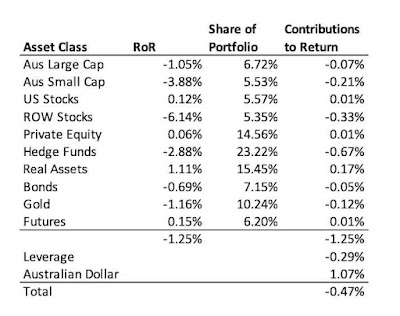I just got scammed for AUD 2,300. I got an email from my webhosting company saying that my card had expired and I needed to renew. Except it wasn't actually from them. Instead of an AUD 100 or so fee, somebody called HalalBooking London charged me AUD 2,381. Now looking at the original email, I see it came from info@thelabhaus.com rather than Crazy Domains. I contacted Commonwealth Bank and they will try to recover the money and I cancelled my debit card. The email looked perfect apart from the email address. I had thought that if a payment was still pending they could always cancel it. Apparently not true. Instead, the bank won't do anything until the payment is no longer pending and only then will they try to reverse it!
Based on this, it seems that there is very little protection against getting scammed here in Australia compared to in the US.
HalalBooking London actually is a website where supposedly you can book Muslim friendly hotels in London. I am guessing it is actually someone else using that name for added confusion value. I contacted the website and asked them to reverse the charge if it is them or be aware that scammers are using their name. I also informed Crazy Domains about the scam.
In other news, Moominmama's friend who bought a knockdown and rebuild property in one of the most expensive suburbs of our city is now asking whether we have a spare AUD 170k we can lend them. Because of the increase in interest rates their bank has reduced the amount they are willing to lend against their existing house. I can't give specific advice without a lot more detail, but seems to me that they are likely going to have to sell their existing house ASAP if they don't want to end up reselling the property they bought. My guess is that the RBA is still going to raise rates more at this point.
P.S.
According to ChatGPT, if I cancelled my debit card while the transaction was still pending the scammer won't be able to complete processing the transaction. This makes sense, but I am a bit dubious as Commonwealth Bank asked me if I wanted to cancel the card to prevent them getting more money rather than to stop them getting this amount. CrazyDomains said I should report it to the police. I already have reported it to ACCC.
P.P.S. 15 November
I got a response from HalalBooking. They said that someone did make a booking via their site for this amount and they detected it as a fraud and refunded it. They said that there is a security vulnerability in the bank's software that was exploited. So, this is looking like there will be a positive outcome.
P.P.P.S. 17 November
Good news - the money has been refunded to our account. I don't know whether this would have happened anyway or it is because I cancelled my card quickly or because I contacted HalalBooking.
P.P.P.P.S 4 December
I found, when compiling the monthly accounts for November, that did have to pay an AUD 70 fee for the international transaction!








































